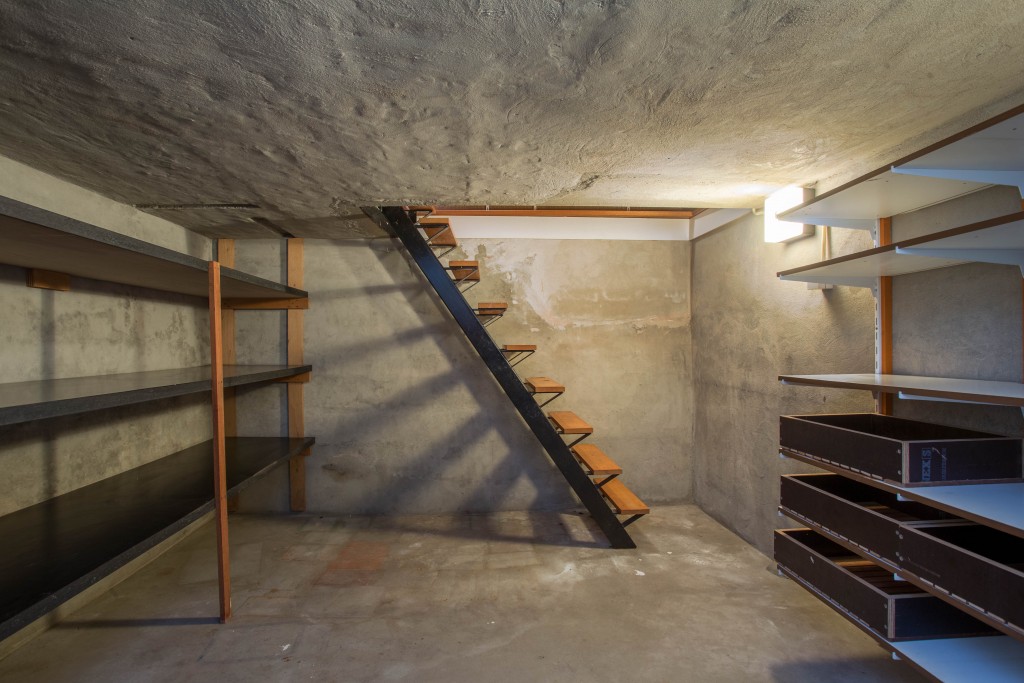Renovating your basement is decidedly hard work. It’s not like renovating any other parts of the house. You have to consider a few obstacles: the ventilation system, all the exposed plumbing, and the gaping boiler and water heater. This can take a couple of days or probably more.
There are so many tasks at hand, which is why we’ve outlined some of the things that you might otherwise overlook. Of course, renovation relies on the quality of your tools. Make sure to use the best Sika products for the most durable finish.
Humidity
Before renovating your basement, test for moisture. Use an ice pick or an awl to drill holes before using a digital moisture probe. An alternative is to stick plastic sheets to floorings and walls, let them sit for a couple of weeks, then see if condensation has formed.
Make sure to inspect rot or termite damage in wood frames, rims, and floor and header joists as these usually follow moisture. Look out for damaged underground pipes and leakages as well. If present, reapply sealing agents like Sika epoxy to prevent further breakage.
Ventilation

An important aspect of basement renovation is making sure that you have ventilation down there to prevent heavy moisture and remain comfortable. If you already have a central heating or cooling system, you just need to install additional air vents from the source into your basement. If not, putting up a gas fireplace, setting up an air-conditioning system, or installing radiant heat panels along basement walls and baseboards are an option.
To insulate your walls, mount a vapor barrier and rigid-foam insulation on the wall before putting up the stud frame and drywall.
Waterproofing
Water might habitually enter your basement, either through seeping from the soil or direct flooding. Installing a sump or suction pump prevents this. Through controlled pressure, these devices can direct water out of any containment. Of course, the reminder to sealing or caulk small cracks and gaps is a constant; you can use expanding hydraulic cement to prevent further seepage.
Outside the basement, what you can do is install a diverter or a catchment system on your gutter to redirect rainwater. Soil grading also prevents flooding by ensuring that the soil slopes away from your home’s foundation.
Illumination
Nobody likes a dingy basement. Make the space come alive by opting for recessed lighting. This is to give you more headroom and to avoid the illusion of a cramped space or lower ceiling.
You can also build an emergency egress window to let more light in. Not only does fitting one illuminate your basement, but it also serves as an escape route in events of fire or domestic emergencies. While you’re installing openings, grab this opportunity to fumigate your entire basement to get rid of underlying pests as well.
In the end, basements make for great entertainment rooms, if not for additional storage space. Thus, when finishing your basement, make sure to personalize it with as much furnishing as you like.

